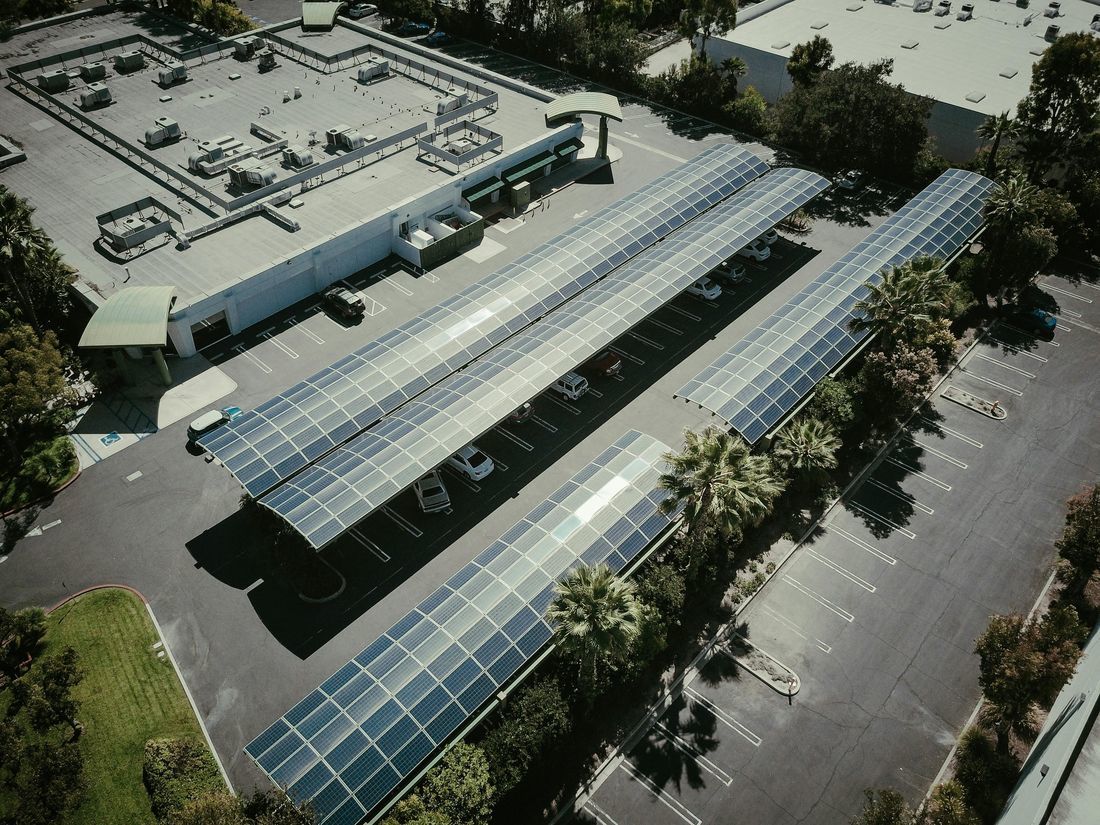Policy & Market Mechanisms
Expansion of the Capacity Investment Scheme (CIS)
The federal government has expanded its Capacity Investment Scheme, increasing its underwriting target from 32 GW to 40 GW by 2030. This additional capacity is to be largely focused on dispatchable storage (batteries and other firming technologies) as well as new solar and wind generation.
This move signals a stronger push to back up variable renewables with storage and firm supply.
Home Battery Subsidy / Residential Storage Incentives
Since 1 July 2025, solar batteries have been eligible under the Small‑scale Renewable Energy Scheme (SRES). In just a few months, over 43,500 residential batteries have been installed, amounting to ~825 MWh of new distributed storage capacity.
The government also announced a plan to support one million household batteries via subsidies (e.g. 30% discount) to accelerate the uptake of behind‑the‑meter storage.
Renewable Energy Zones (REZs) & Transmission Planning
States continue to designate and develop Renewable Energy Zones (REZs) as hubs where renewable generation, storage, and transmission infrastructure are co‑located. For example, NSW, Victoria, Queensland, and Tasmania have active or planned REZs.
These zones aim to reduce curtailment, minimise grid costs, and streamline development.
Regulatory & Customer Safeguards
The 2025 "State of the Energy Market" report from the Australian Energy Regulator (AER) emphasises stronger oversight of generator bidding behaviour, enhanced consumer protections (especially for households under payment stress), and reforms to pricing structures under the National Energy Customer Framework.
There is also ongoing work on market design — e.g. credit support mechanisms, reliability incentives, and incentives for firming technologies.
Infrastructure, Generation & Storage
Surge in Large-scale Battery Investments
In Q1 2025 alone, six large battery projects worth AUD 2.4 billion reached financial commitment stage, adding ~1.5 GW of capacity (~5 GWh of storage).
The pipeline is considerable: estimates suggest ~16.5 GW of new grid-scale battery capacity may come online over the next few years in the NEM.
Rapid Uptake of Residential Battery Storage
Alongside rooftop solar, household battery uptake has accelerated. The average battery size being installed is ~19 kWh.
This is transforming homes from passive consumers to active participants in the energy system.
New Solar + Battery Projects Greenlit
-
Richmond Valley Solar Farm (NSW): Approved at ~435 MW plus a very large battery energy storage component (~3,148 MWh).
-
EDP’s Projects: EDP Renewables won contracts under the CIS for two major solar + battery projects: one in Queensland (Punchs Creek) and another in NSW (Merino). Together, these will contribute over 1.7 GW of capacity.
Coal & Fossil Projects Under Pressure / Decisions
-
The share of electricity generated by coal has dropped to below 50% in early 2025 — a milestone in Australia’s energy transition.
-
The North West Shelf Project (WA) originally slated to retire ~2030, has received approval to extend operations until 2070, drawing significant environmental scrutiny.
-
The Barossa Gas Project (Timor Sea) is advancing, replacing depleted supply from Bayu‑Undan and supporting Darwin LNG operations.
Transmission & Interconnection Progress
-
Marinus Link (Tasmania–Victoria interconnector): Still moving toward a final investment decision, the HVDC link (750 MW planned) is considered key to integrating Tasmania’s hydro and enhancing grid flexibility.
-
Upgrades to grid connections to support REZs are ongoing, with major network investment commitments being made to reduce congestion and curtailment.
Risks, Challenges & Watch Points
-
Variability & Intermittency Risk
Even with growing renewable capacity, prolonged low-wind or low-sun periods can stress supply, especially in regions with weaker interconnection. -
Transmission Bottlenecks & Curtailment
Constraints in the network may reduce the benefit of new generation if it can’t reach load centers or storage. -
Regulatory & Policy Uncertainty
Timely clarity on market rules (dispatch incentives, reliability payments, gas reservation policies) is crucial to sustain investor confidence. -
Gas & Fossil Fuel Tensions
Decisions like extending the North West Shelf, approving new gas projects, or limiting fossil fuel subsidies carry both political and climate risk. -
Supply Chain, Permitting & Cost Inflation
Rising materials, labour costs, and delays in approvals pose delivery risk for large infrastructure projects.

